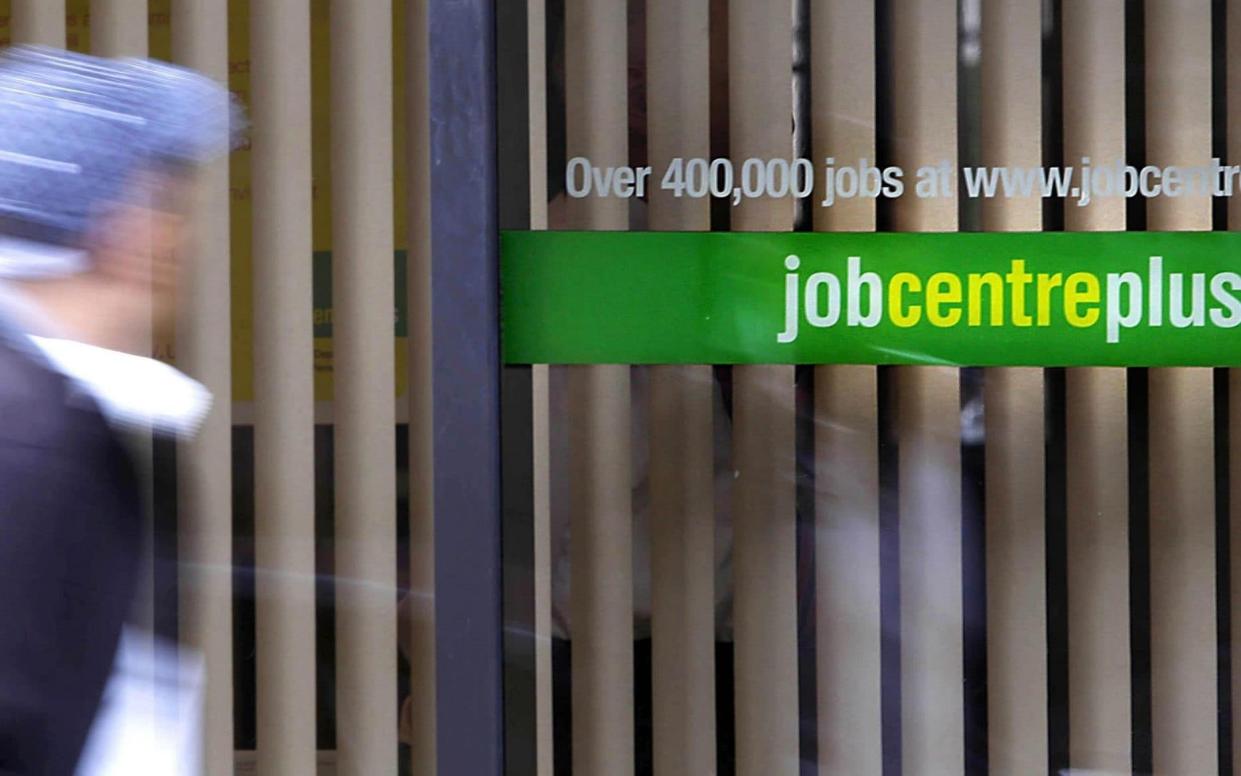Covid-19 job losses hit oldest and youngest workers hardest

The number of people in work tumbled by the most for a decade in the second quarter of 2020 as lockdown destroyed hundreds of thousands of jobs and sparked an exodus of migrants.
About 220,000 fewer people were in employment in the three months to June compared to the previous quarter, a 0.7pc drop and the biggest fall since 2009 in the depths of the financial crisis, according to the Office for National Statistics (ONS).
The young, old and least skilled were hit hardest, with a record fall in working over-65s over the first half of the year. Meanwhile, the number of workers born in the European Union fell by 10.3pc or 284,000 as the pandemic wreaked havoc on flows of foreign labour.
Those who managed to keep their job were stung by a record drop in average pay.
It comes as analysts brace for dismal GDP figures on Wednesday expected to show that the economy shrank 21pc in the second quarter.
Prime Minister Boris Johnson warned that the economy faces more "bumpy months" ahead following the latest rise in unemployment.
He said the country has a “long, long way to go” until it sees a return to “economic vitality and health”, and added: "We always knew that this was going to be a very tough time for people.”
People aged over 65 faced a record fall in employment in the first half of the year, down 11.4pc to 1.3m, and workers aged 16 to 24 saw employment plummet 2.6pc to 3.7m.
Len Shackleton of the Institute of Economic Affairs said that the youngest and oldest workers are less fully committed to the job market than those in between, and are more likely to step out of the market completely during a downturn.
He added: "They represent an important potential resource and should not be forgotten by policymakers.”
The biggest increases in unemployment claims from March to July were in Luton and Slough, up 5.2 percentage points and 5.1 percentage points respectively, according to analysis by the Centre for Cities think tank.
Meanwhile, nominal pay growth – unadjusted for inflation – from April to June was negative for the first time since records began in 2001, weighed down by lower bonuses and furloughed workers on the taxpayer-funded scheme which pays up to 20pc of normal wages. The average wage fell 1.2pc to £504 a week or £26,200 a year.
Ruth Gregory of Capital Economics said that much worse is still to come.
The official unemployment rate did not rise from 3.9pc because to be counted among the unemployed, workers need to be actively looking for a new job, which many have not yet done.
The true impact of Covid-19 was more evident in the total number of hours worked, which suffered the biggest quarterly fall on record and has dropped to its lowest level since 1994 when the overall workforce was far smaller.
Ms Gregory said: “With further rises in unemployment in the coming months all but inevitable as the furlough scheme unwinds, this is just the lull before the storm."
The ONS estimates that 7.5m people – more than a quarter of employees – were temporarily away from a job and receiving no pay or were furloughed in June.

Capital Economics expects the unemployment rate to peak at 7pc in mid-2021 and stay above its pre-pandemic level of 4pc until the end of 2022.
Samuel Tombs of Pantheon Macroeconomics noted that surveys of employment intentions were at least as weak as they were at the worst point of the financial crisis, while the number of people searching on Google for phrases including “redundancy” soared to a record high in July.


